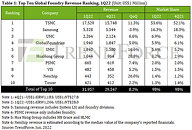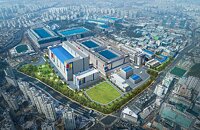MediaTek Launches Flagship Dimensity 9200 Chipset for Incredible Performance and Unmatched Power Saving
MediaTek today launched the Dimensity 9200, its latest 5G chipset powering the next era of flagship smartphones. Boasting extreme performance and intelligent power efficiency, the new SoC brings immersive all-day gaming experiences, ultra-sharp image capturing and support for both mmWave 5G and sub-6 GHz connectivity to consumers around the globe.
"MediaTek's Dimensity 9200 combines ultimate performance with significant power savings, extending battery life and keeping smartphones cool," said JC Hsu, Corporate Vice President and General Manager of MediaTek's wireless communications business unit at MediaTek. "With notably brighter image capturing and improved gaming speeds, along with the latest display enhancements, the Dimensity 9200 will bring new possibilities for next-gen smartphones that come in a variety of stylish and foldable form factors."
"MediaTek's Dimensity 9200 combines ultimate performance with significant power savings, extending battery life and keeping smartphones cool," said JC Hsu, Corporate Vice President and General Manager of MediaTek's wireless communications business unit at MediaTek. "With notably brighter image capturing and improved gaming speeds, along with the latest display enhancements, the Dimensity 9200 will bring new possibilities for next-gen smartphones that come in a variety of stylish and foldable form factors."











































